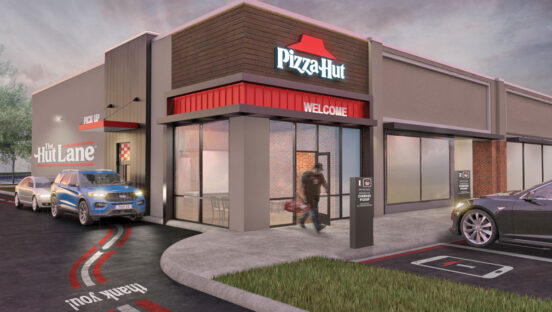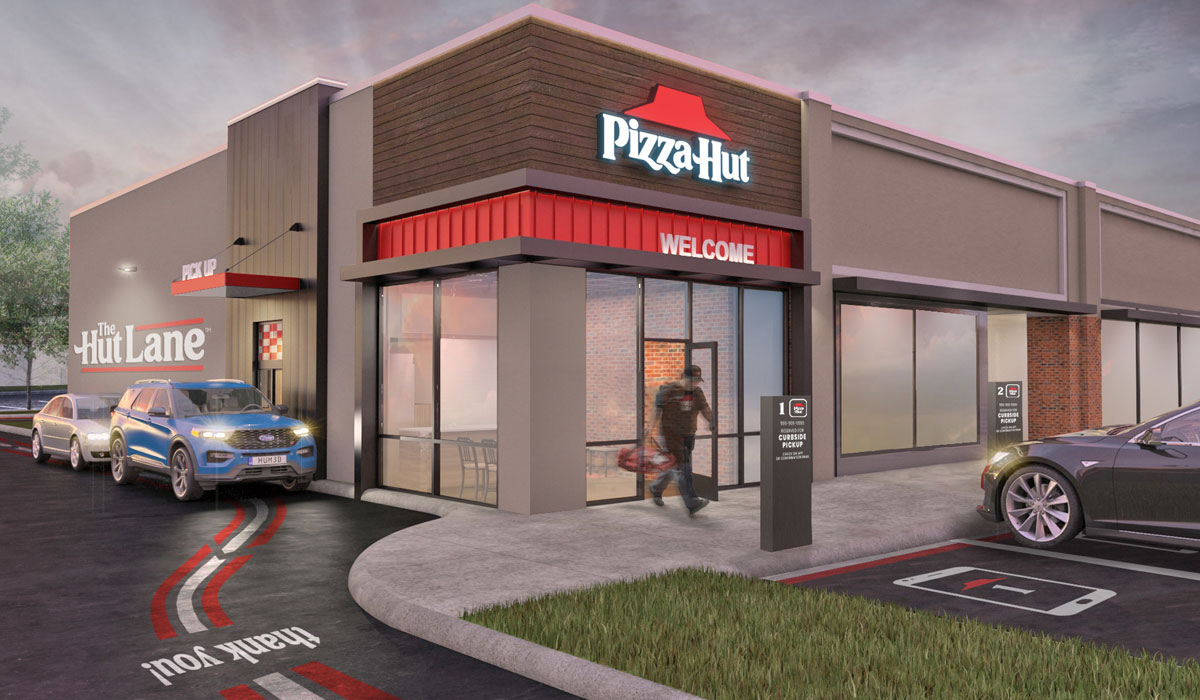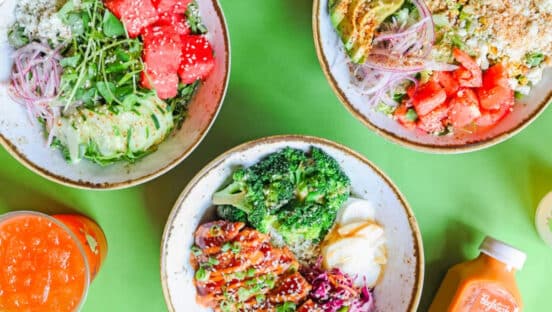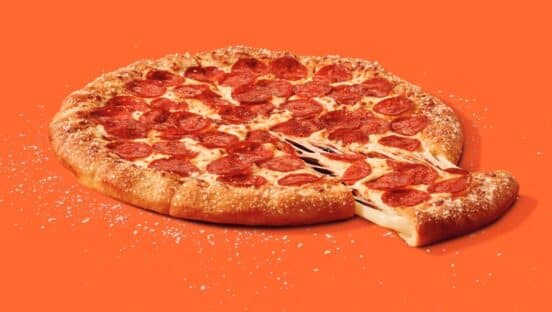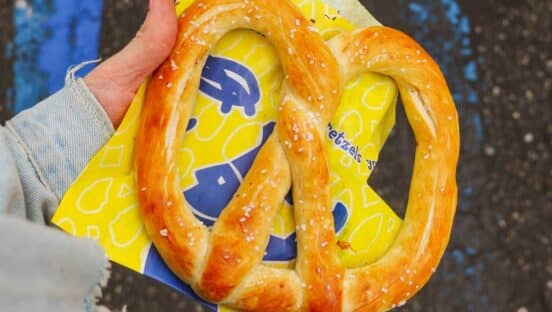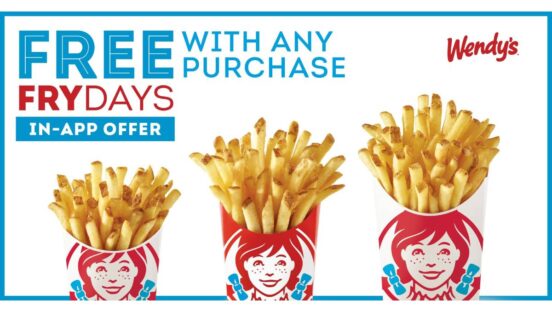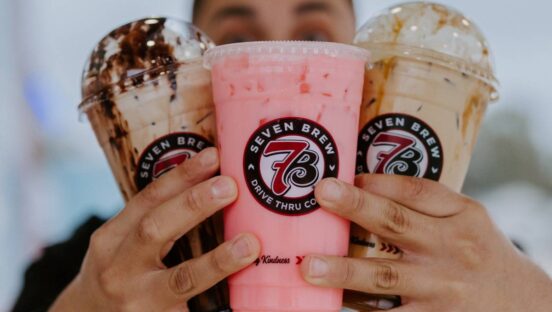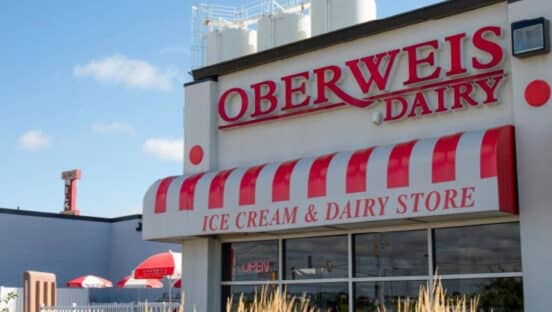Yum! Brands said Tuesday in a securities filing that roughly 7,000 of its global restaurants are currently closed, including more than 1,000 domestic Pizza Hut express and 900-plus KFC’s in the U.K. In some markets, such as the U.S., operations are limited to drive thru, delivery, and carryout.
It’s a sizable piece, as Yum! runs 50,000 locations worldwide.
Yum! indicated it expected first-quarter same-store sales to decline mid- to high-single digits as a result of the COVID-19 pandemic. “We and our franchisees have also experienced significant store closures and instances of reduced store-level operations that have resulted in reduced operating hours and dining-room closures,” the company said. “In markets where governments have imposed restrictions on travel outside of the home or where customers are practicing social distancing, restaurant traffic has also been significantly impacted.”
Yum! added that the actual dent is hard to gauge just yet, given the uncertainty surrounding duration and severity. It has, however, already witnessed some early signs of sales recovery in markets that were first hit by the coronavirus, “although there can be no assurance of continued improvement,” Yum! said.
STAY UP TO DATE WITH OUR CORONAVIRUS LANDING PAGE
BTIG analyst Peter Saleh estimated Wednesday in a note that March comps could drop between 20–25 percent, as has been the case for other restaurant brands, with a steeper decline coming in the last 10 days. Yum! admitted Q2 same-store sales were likely to worsen from Q1 levels.
The 7,000 figure represents about 14 percent of global units. Saleh said the Pizza Hut Express closures are “not that meaningful” given they’re airport, campus, stadium, etc., units seeing minimal traffic these days. “… we believe this just adds to challenges facing Pizza Hut in the U.S.,” Saleh wrote.
“We were already expected elevated closures this year given the financial challenges facing NPC International, the concept’s largest U.S. franchisees with 1,2000 units, and believe the current sales declines could threaten other poorly capitalized franchisees.” Bloomberg reported in February NPC was weighing bankruptcy after defaulting on about $800 million of debt after it elected to skip loan payments.
READ MORE: Pizza Hut looks to hire 30,000 people amid coronavirus crisis
To Saleh’s concern, Pizza Hut has a greater mix of dine-in sales (about 10 percent) than competitors, which could drive a larger headwind. “And the current environment likely delays the relocations and other actions needed to turn around the concept,” he said.
What Saleh is referencing is a broad, multi-year initiative intended to transition Pizza Hut to a more carryout, asset-light U.S. business.
Pizza Hut’s domestic same-store sales declined 4 percent in Q4, year-over-year. They rose 1 percent in Q4 2018 and 2 percent in Q4 2017.
Throughout this turnaround process, Pizza Hut has hinted at dropping to as low as 7,000 U.S. locations. Even after shuttering 136 in Q4, the chain closed the year with 7,306 units, down from 7,482 at the start of fiscal 2019 (a difference of 176). Closures picked up each quarter, however, climbing from 56 to 71 to 98 to 136 each period, respectively. That along with new builds of 47, 47, 39, and 52.
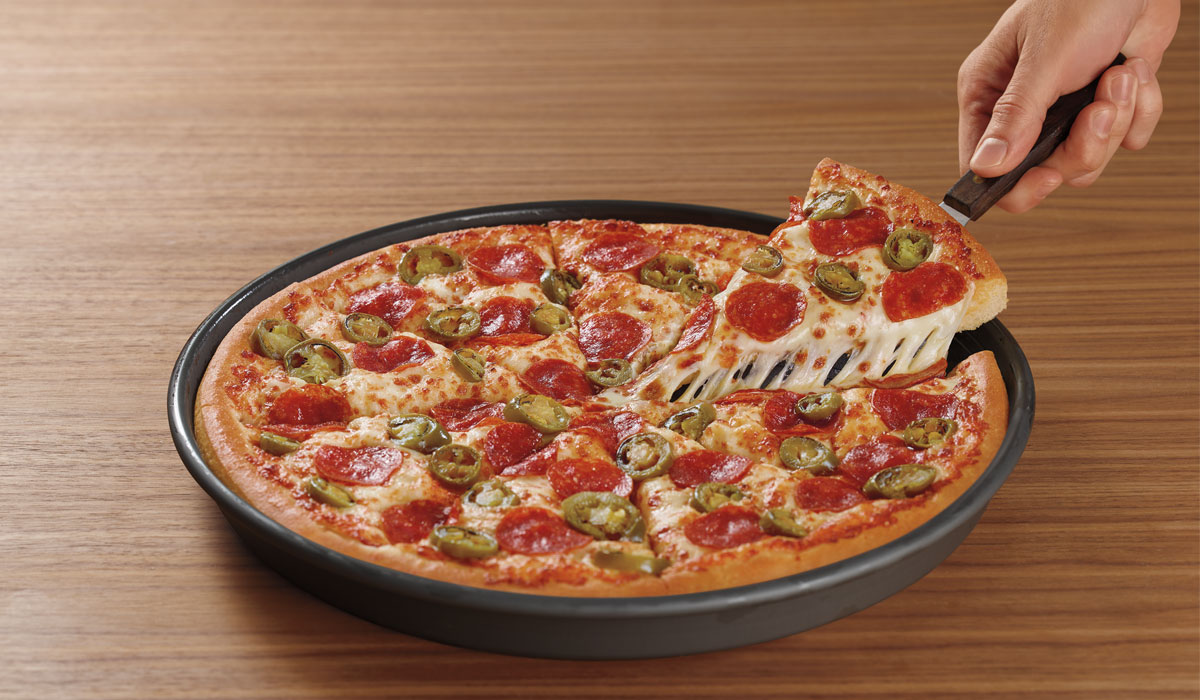
When Yum! really began outlining this plan in October 2018, about half of Pizza Hut’s sales globally were coming from dine-in. The goal being, within three to four years, to bring that number down to 25 percent.
Also, Pizza Hut was seeing a wide gap between dine-in sales and sales from delivery and carryout, with both the U.S. and international experiencing a roughly 10-point differential. Dine-in sales had fallen to less than 10 percent of total sales domestically but were dragging the comp heavy.
The issue tied to the fact roughly 90 percent of Pizza Hut’s business was now takeout or delivery, and it closed Q2 of this past year with 6,100 traditional units and 1,350 express locations. About half of that first set were dine-in venues. Additionally, nearly nine out of every 10 builds today are designed as “Delco” models focused on off-premises—smaller, more efficient concepts that require lower investment from franchisees.
So, as Saleh said, there are some unique challenges afoot for Pizza Hut with COVID-19 tossed in.
The gap between Pizza Hut’s dine-in channel and off-premises narrowed from historical levels to three points in Q3, which was a good sign. But Q4’s overall sales result showed how much work was still on the table.
And much of that has to do with franchisee health, which explains Saleh’s worry over poorly capitalized operators getting pressed even further by COVID-19.
CFO Chris Turner said Pizza Hut had an uptick in bad debt expense in Q4. Bad debt expense related to royalties and digital fees was $8 million for the global division, up $4 million year-over-year. For the full year, it was $22 million, an increase of $12 million. And this was related “to just a handful of franchisee situations.”
“We do have a handful of situations where we are working with the franchisees to get them into a better place,” he said. “Obviously, each of those processes take time and do create some choppiness. As a result, as an example, we do have one market in the U.S. where we have a franchisee whose assets simply weren’t up to our standard.”
Yum! helped exit that party and was working on getting a new franchise operator in place. Basically, Pizza Hut wants to relocate many locations to better off-premises trade areas (modern delivery assets), but it’s a difficult (perhaps impossible) task for some operators saddled with debt. Saleh’s question is: Will that number of cash-restricted franchisees lift amid coronavirus concerns and, thus, slow down the process significantly?
In the U.S., Yum! said Wednesday, in an effort to help operators navigate this unprecedented crisis, it is allowing franchisees to defer all 2020 capital obligations for remodels and new unit development through the end of the year.
Taking dine-in restaurants once built to satisfy a dine-in market and moving them to more delivery- and carryout-friendly real estate is a profitable target for Pizza Hut. It might just take more time now. There’s less cost, especially on the labor front, better system sales, franchisee economics (and thus, room to grow), and an image reflective of a modern chain instead of an aging one that’s consumer base has shifted.
Pizza Hut tapped Kevin Hochman, KFC’s U.S. president, to spearhead the U.S. turnaround from the same role, albeit in interim standing. It also named George Felix U.S. CMO and David Graves took over as chief brand officer. Felix was the director of marketing for KFC Global, while Graves served as director of marketing strategy and innovation at KFC. Pizza Hut’s U.S. CMO role was vacant since Zipporah Allen shifted to Taco Bell last year; the chief brand officer post since Marianne Radley departed in late 2019.
It will also be worth tracking whether or not social distancing leads to more delivery orders for Pizza Hut. According to Datassential’s recent report on the guest sentiment, 63 percent of people said they wanted pizza—the No. 1 pick—and well ahead of burgers and sandwiches at 51 percent. Only time will tell how this all balances out.
How Yum! is handling the COVID-19 crisis
To maintain financial flexibility, Yum! drew down $525 million on its credit facility, which provided the company with more than $1 billion in available cash. The company also suspended its share repurchase program to conserve cash. Franchisees operate 98 percent of Yum!’s locations.
In the filing, the company said it was taking additional steps to help operators during the downturn, including “grace periods for certain near-term payments where necessary.” And that it was also “working with franchisees who need more access to capital and are in good standing with the company.”
Yum! CEO David Gibbs said in a release Wednesday, “… our employees—like millions of others—are worried and our franchisees are under stress. We need to support them so they can be there for our customers.”
Yum! launched a global medical relief fund, it said, to provide financial support for employees systemwide who are diagnosed with or caring for someone diagnosed with COVID-19.
In U.S. company-owned restaurants, it will pay employees who are required to stay at home, or who work at a restaurant that is closed, for their scheduled or regularly scheduled hours during their time away from work. Yum! added it is actively working with franchisees to encourage a similar approach.
At the store level, KFC, Pizza Hut, Taco Bell, and recently acquired The Habit Burger Grill “are focused on making food available safely and with low contact through delivery, drive-thru or curbside pick-up, where available, for customers and employees, which is critical in a social distancing environment,” Yum! said,
This includes contactless delivery at Pizza Hut in the U.S. and 48 countries internationally. Customers can requite online or through the Pizza Hut app to have their food left at the door. KFC and Taco Bell also offer the service via Grubhub domestically.
For franchisees, Yum! established a Global Franchise Health and COVID-19 Support Team it said.
On the community front, some highlights include:
KFC is donating to its existing charity partner, Blessings in a Backpack, to help feed 100,000 children affected by mandatory school closures across the U.S. The brand is also delivering buckets of chicken to healthcare workers and hospitals in its hometown. More information is here.
Pizza Hut is providing pizzas to front-line healthcare workers and essential personnel. With partner First Book, Pizza Hut is providing books to families in need and kids at home through its longstanding BOOK IT! program. More information is here.
Taco Bell is deploying its Taco Truck to feed front-line healthcare workers and other essential personnel and donating to local food banks. The brand’s latest measures can be viewed here.
The Habit Burger Grill is providing free meals to the medical community, first responders and volunteers through its food trucks and the Second Harvest Food Bank.

